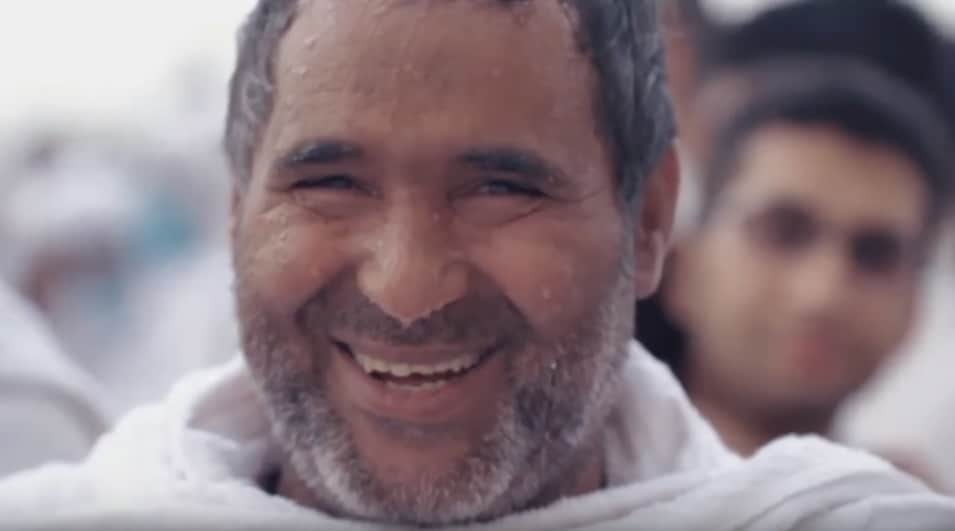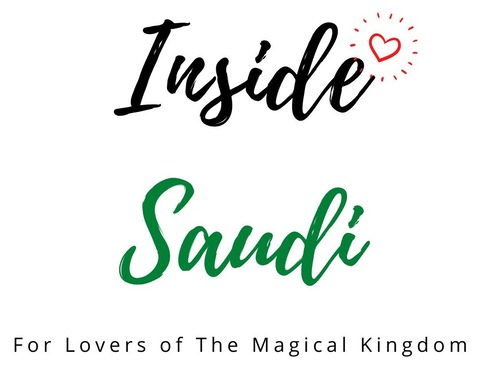Whenever I am in Mecca or I see pictures and videos of the city of Mecca in Saudi Arabia, I start to get quite tearful. In fact, Mecca, specifically the Haram Mosque at the centre of that city holds a special place in the hearts of most of the 1.9 billion Muslims worldwide who today make up 24% of the current world’s population.
Each of them longs to visit Mecca, to pray in the Haram Mosque (known as Beit Allah) or the House of God and to perform the religious pilgrimage.
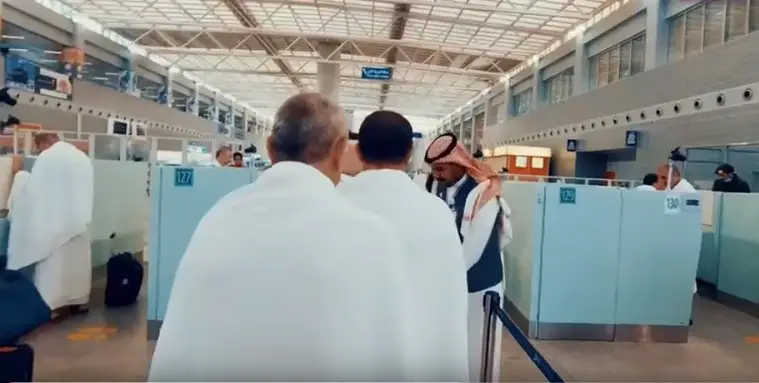
Each year, many Muslims (up to 2 million) do make that journey to Saudi Arabia having scrimped and scraped to save up money for many months even for years in order to do so. MFS
So, why do millions of Muslims feel a great love for the city of Mecca?
The following are the 10 heartwarming reasons why Muslims simply adore the city of Mecca.
- Birth Place of Mohammed (SAW) – The Prophet of Islam
- Focus for the 5 daily prayers
- The Haram Mosque- House of Allah, God (SWT)
- Kiss the Black Stone
- Hajj & Umrah Pilgrimages
- Drink Zam Zam
- The Quran was revealed in Mecca
- Allah Mentions Mecca in the Quran
- Sanctuary for All Muslims
- To Get Closer to Allah (God)
Mecca – Background
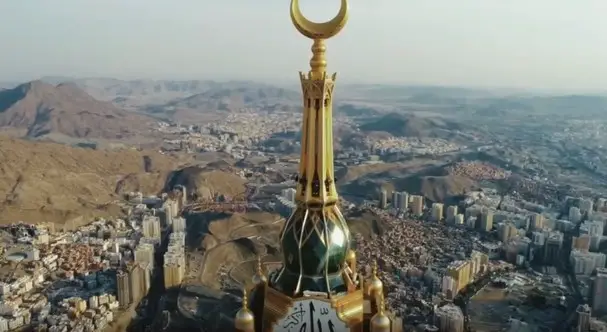
Mecca is an important city built on a hilly valley located 70 km inland from the city of Jeddah on the West coast of Saudi Arabia and next to the Red Sea. More than 2 million people live there but the population swells to more than double during the Hajj season pilgrimage which is in the 12th Islamic month of Duhul Al Hijah.
Mohammed (SAW) – the Prophet of Islam was born in that city in 570 CE. Allah (SWT) started to reveal the Holy Quran to him in Mecca when he was 40 years of age (610 CE) and continued until his death in 632 CE.
Mecca is the holiest city in Islam, with the Kaaba at the heart of the Haram Mosque complex. It is very busy and commercially prosperous. For centuries, it was ruled by generations of Mohammed’s (SAW) family and in 1925 it got conquered by the Bin Saud family.
Mecca today has expanded massively and now the modern infrastructure allows for the easy accommodation of the huge number of visitors who come there each year.
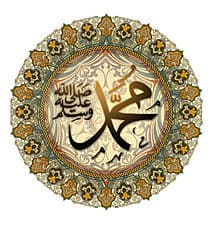
1. Birth Place of Mohammed & Prophet of Islam
The first reason why Muslims adore Mecca, in the main, because of the love they have for the Prophet of Islam, Mohammed (SAW).
Mohammed (SAW) was from Mecca called Abd al-Qasim Muhammad ibn ‘Abd Allah ibn ‘Abd al-Muttalib ibn Hashim and was born in 571. He died 62 years later. His mother was Amina Bint Wahab and his father, Ibn Abdullah Abu Talib who died 6 months before Mohammed (SAW) was born.
Mohammed (SAW) was a Prophet of God and the founder of the major monotheistic religion of Islam. People at that time called him Abu Qasim or Rasoul Allah which means Messenger of Allah (God).
His birth in 571 CE and the love for him that millions of Muslims worldwide feel is significant because during his life he preached a message of unity and oneness to Allah, God (SWT) and to the straight path of Islam leading from a state of ignorance into truth, from darkness into light.
This message of (Tawheed) or oneness in the worship of Allah jarred with the beliefs of the Arabs living in the peninsula at that time who for generations were steeped in the world of idolatry and the mere satisfaction of their base desires.
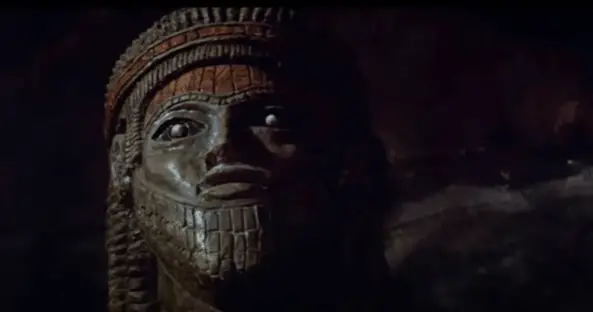
Many bowed, prayed and sacrificed to just about anything they fancied such as planets, ancestors, animals, water, fire and even trees believing that these objects contained special powers to grant them the stuff of life.
Others made up their own beliefs about the truth of things and the correct way to live. Others believed nothing at all and just lived as they pleased.
In that age, the Arab (Kabilas) tribes were ignorant, squabbling and divided. They not only disagreed on religious principles, but they also were fierce and proud, fighting over very minor things such as the property of animals and water. MFS
At the age of 40, Mohammed (SAW) started to communicate the Holy Quran piecemeal to the people as the verses were gradually revealed to him over time. MFS
In essence, the message was to worship Allah, God (SWT) alone, to follow the straight path and not to pray to created or inanimate objects with the expectation that they would bring any benefits or good.
Muslims love the city of Mecca because Prophet Mohammed (SAW) was born, lived, worked and preached there. Above all, it is due to the fact that Allah (SWT) sent Mohammed (SAW) as a Messenger, not just to the Arabs, but to the whole of humankind.
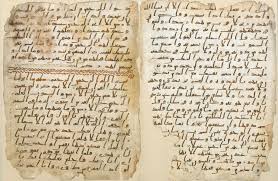
In the Holy Quran, Allah (SWT) states why he sent Mohammed (SAW) to humankind:
And We have not sent you, [O Muhammad], except as a mercy to the worlds.
Chapter Al Anbyah (21), Verse 107
And with the mission:
Say (Oh Mohammed), “It is only revealed to me that your God is but one God; so will you be Muslims [in submission to Him]?”
Chapter Al Anbyyah (21) Verse 108

The message was clear. It was to take the Meccans and all the future generations out of idolatry and have them understand that Allah (God) is the Absolute, the Almighty, the All-Knowing and Ruler of the entire universe, the One who created everything that exists.
This message is at the heart of Islam and a source of joy and contentment for millions of Muslims who accept it.

2. Mecca is the Focus for the 5 Daily Prayers in Islam
The second reason why 1.9 billion Muslims worldwide adore the city of Mecca is that they face the city 5 times daily for formal prayer (Salah).
Actually, wherever Muslims are in the world, they actually turn to face the Kaaba five times a day and NOT towards the city itself per se. The direction of prayer is called the Qibla and it is easy to work out if you are in the Haram Mosque or in the city itself.
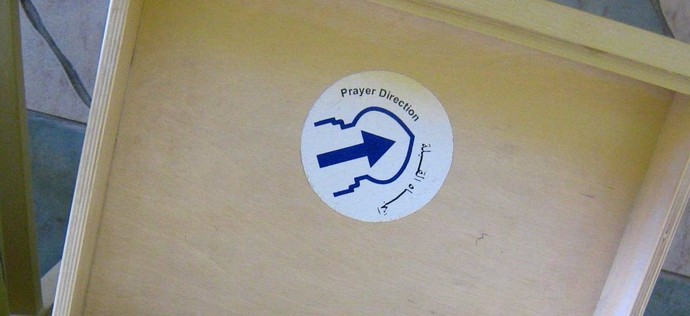
However, most Muslims are not blessed with that good fortune and instead have to use a map, an electronic compass or smartphone program to get the direction.
In the Blessed Quran Chapter Al Baqarah, verses 148-149, Allah (SWT) orders Prophet Mohammed (SAW) and Muslims to face Masjid Al Haram in Mecca for prayers.
So from wherever you go out [for prayer, O Muhammad] turn your face toward al- Masjid al-Haram, and indeed, it is the truth from your Lord. And Allah is not unaware of what you do.
Chapter Al Baqarah, Verses 148-149
Standing in prayer to face the Kaaba 5 times a days does not mean that Muslims worship Mecca city, the Kabba, something on or in the Kaaba, nor any aspect of it. In fact, it is clear that they only worship Allah (SWT), the One the Merciful and Most Wise. MFS
The fives times a day salah, or prayer is a powerful act that unifies millions of Muslims each day on this planet in the worship of Allah (SWT), connecting each with one another in a physical act and set of strong beliefs and convictions.
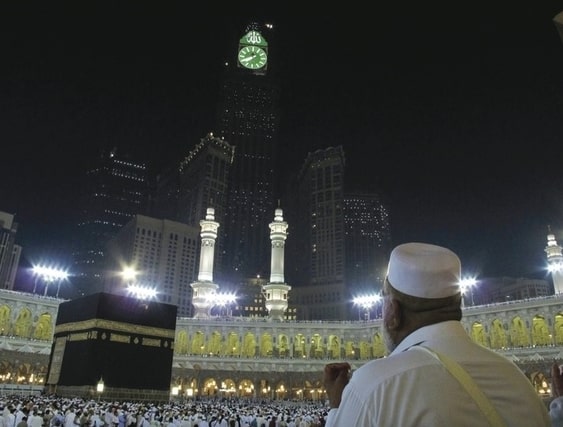
As the earth spins in space, it causes clock time differences. Since the schedule of prayer time is fixed for everyone wherever they are in the world but because of the time differences, the standing time for prayer will differ from country to country.
Muslims are praying the same prayers but at different times of the day and night in their own locations in what from, an individual perspective seems like a superwave of never-ending prayer sweeping over the world 24/7.
It is amazing to consider that at any time, day or night, someone, somewhere in the world is offering prayers and contemplating Allah (SWT) and His wonderful creation.

The First Qibla was Masjid Al Aqsa in Jerusalem
Imagine in the early days of Islam, Muslims did not face Mecca for the five daily prayers, rather to another Mosque in Jerusalem called Al Aqsa. Together with the Jews, Muslims living in Mecca would normally face the Al Aqsa mosque for their prayers.
This continued for more than 15 years during Prophet Mohammed’s (SAW) early years in Mecca preaching the message of the Holy Quran.
The change to the second direction of prayer Qibla occurred just under two years after Prophet Mohammed (SWT) and the companions’ famous migration (623/624 CE) to the old city of Yathrib, now called Madinah Al Munawara.
This how it happened.
One day in Madinah, whilst standing for noon prayers (Al Duhur) facing Al Aqsa Mosque in Jerusalem, Prophet Mohammed (SAW) received a revelation from Allah (SWT) commanding him and all Muslims to turn towards Masjid Al Haram in Mecca for the prayers.
‘We have certainly seen the turning of your face, [O Muhammad], toward the heaven, and We will surely turn you to a qiblah with which you will be pleased. So turn your face toward al-Masjid al-Haram. And wherever you [believers] are, turn your faces toward it [in prayer]. Indeed, those who have been given the Scripture well know that it is the truth from their Lord. And Allah is not unaware of what they do.
Chapter Al Baqarah, Verse 144.
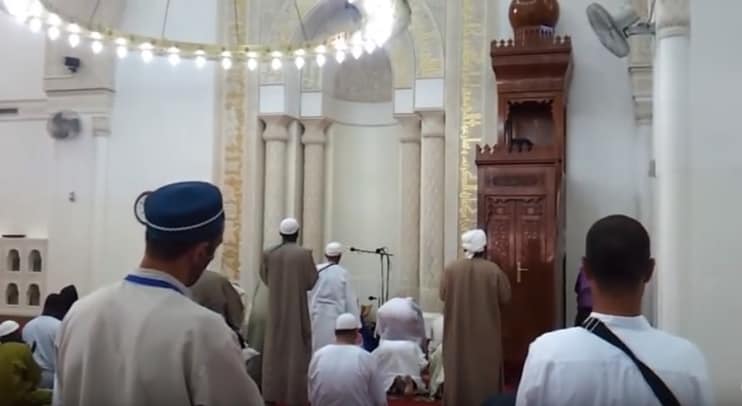
So, he did and we still do today. Ths famous act took place in a mosque which is still known today as the Masjid Al Qiblatain (The Mosque of the Two Prayer Directions) an ancient mosque in Madinah and a stone’s throw away from the Masjid Al Nabawi (The Prophet’s Holy Mosque).

Even until today, you can find two mihrabs there, a kind of semicircular niche in the interior mosque wall offering the direction of prayer and from which the Imam (priest) stands in front of the praying congregation. One mihrab points towards Masjid Al Aqsa and the other towards the Kaaba in Mecca.
Why did the Direction of Prayer Qibla change for Muslims?
In the Holy Quran, Allah (SWT) explains to Prophet Mohammed (SAW) the reason for changing the prayer direction.
And thus we have made you a just community that you will be witnesses over the people and the Messenger will be a witness over you. And We did not make the qiblah which you used to face except that We might make evident who would follow the Messenger from who would turn back on his heels
Chapter Al Baqarah, Verse 143
In essence, it was a test of loyalty to know who was a true believer in Islam and who was not. It also showed who was loyal to Prophet Mohammed (SAW) and his teachings, who was not and even those who hypocritically pretended they were.
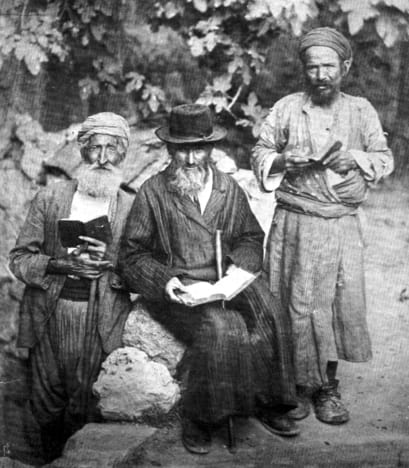
The new move enraged the Jews in Mecca at the time. They actively criticised the injunction, since they refused to convert to Islam. They continued in their claim that the one and only true city was Jerusalem and that their religion, Judaism, was the only religion of truth.
They argued that Prophet Mohammed (SWT) should ignore the Quranic revelations and instead convert himself and his followers to Judaism.
The change of Qibla to Masjid Al Haram in highlighted the importance of Mecca in history as a centre of Ibrahimic faith, finally disassociating Muslims from the Jews and giving them a singularly unique identity in Islam.
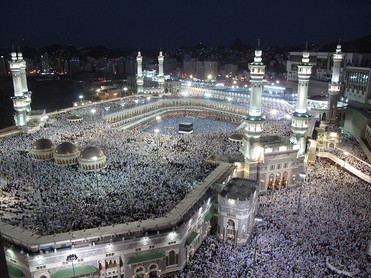
3. The Haram Mosque – House of Allah, God (SWT)
The third reason why Muslims adore Mecca is that they get the chance to visit and pray in Masjid Al Haram (Holy Mosque) or Haram Mosque.
The Grand Mosque in Mecca is the most amazing place for Muslims to visit. It is a huge, centrally located mosque right in the heart of the city of Mecca.
The Haram Mosque covers an area of 370,000 metres square and can hold up to 900,000 pilgrims. It also contains the pure waters of the Zam Zam well, Maqam Ibrahim, (a stone bearing Prophet Ibrahim’s footprint) and the two hills of Safa and Marwa.
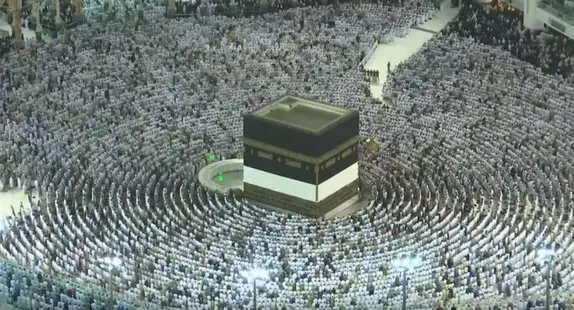
Muslims consider the Great Haram Mosque to be the holiest site in Islam. It is the destination for the annual event of Hajj and lesser pilgrimage called Umrah.
The mosque is open to pilgrims and visitors 24/7. In it, the five daily prayers are offered. Muslims conduct Umrah in its entirety in the mosque which involves circumambulating the Kaaba 7 times, drinking Zam Zam water and also walking between mounts Safa and Marwa 7 times.
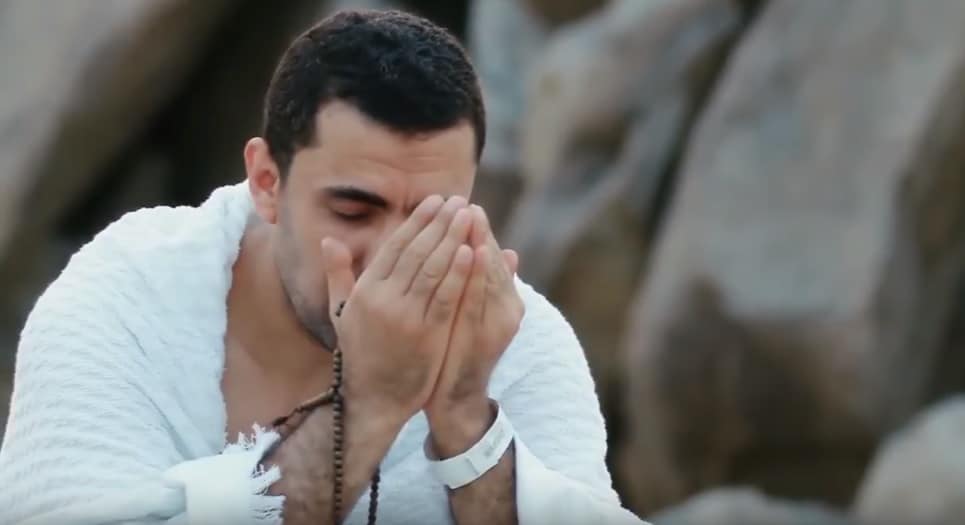
Pilgrims can enter any time day or night, prayer, sit, chat, sleep and simply hang out to enjoy the spectacular architecture or read the Holy Quran and contemplate the Almighty Allah (SWT).
It is truly an amazing place to visit and it is awesome to see so many nationalities, ages and backgrounds all together in one place. When Muslims think of Mecca, it is not the city rather the Haram Mosque which comes to mind and which they cherish in their hearts forever.
4. The Kaaba (Cube)
The fourth reason why Muslims love Mecca is to be at the Kaaba which is a cube-like structure located at the centre of the Haram Mosque.
It is exciting to see Kaaba because it is unique. More importantly, Muslims know that it determines the direction of the formal prayers in Islam for Muslims anywhere in the world. Five times a day they stand up to pray facing the Kaaba from wherever they are in any part of the world.
Also, it is a big part of the Hajj and Umrah rituals. Muslims also walk around the ‘Kaaba’ seven times. This in Arabic is called ‘Tawaf’ or circumambulation. They move together in one circular direction to symbolize their belief in and worship of the one true God, Allah (SWT).
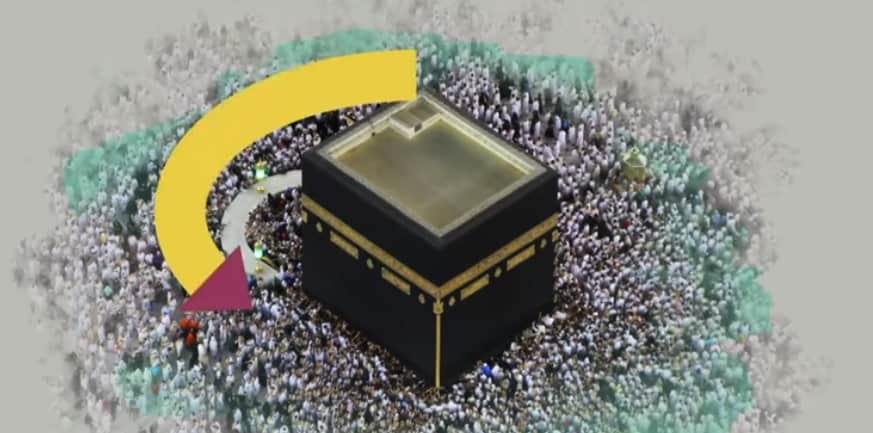
Walking (circumambulating) around the ‘Kaaba‘ is not about worshipping it, rather that Muslims understand it to be only a ritual, an act designed to unite Muslims in the worship of the one true God, Allah (SWT).
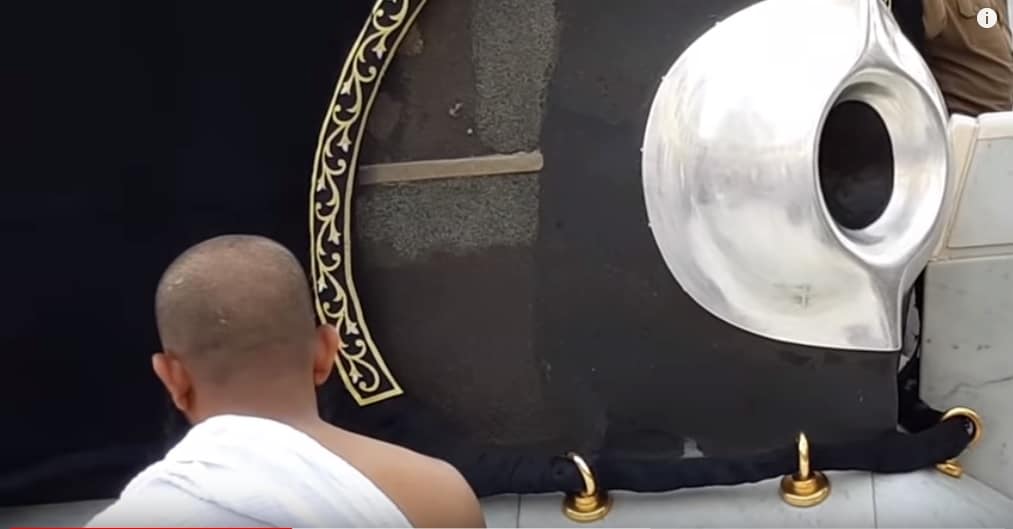
5. Kiss the Black Stone (Al Hajr Aswad)
The fifth reason Muslims love Mecca is the chance it affords them to kiss the Black Stone (Al Hajr Aswad).
Installed in the Eastern corner of the ’Kaaba’ there is a black stone called the Black Stone (Al-Ḥajar al-‘Aswad). Muslims believe that it dates back to the time before Adam and Eve.
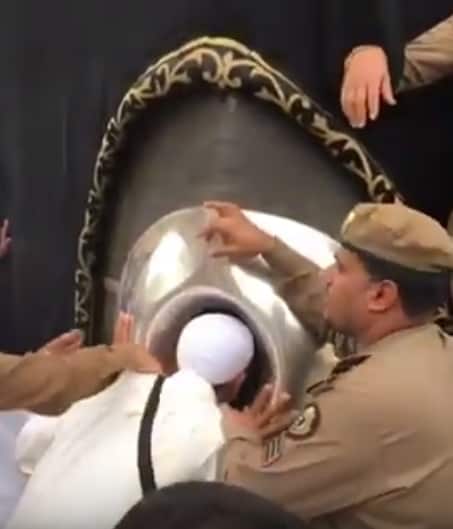
Prophet Mohammed (SAW) himself set it into the wall with his own hands in 605 CE. Since then it was smashed into 7 or 8 smaller pieces. Today, each fragment is displayed embedded in a cement base in a silver frame which is about 20 centimetres in circumference on the Kaaba’s East corner.
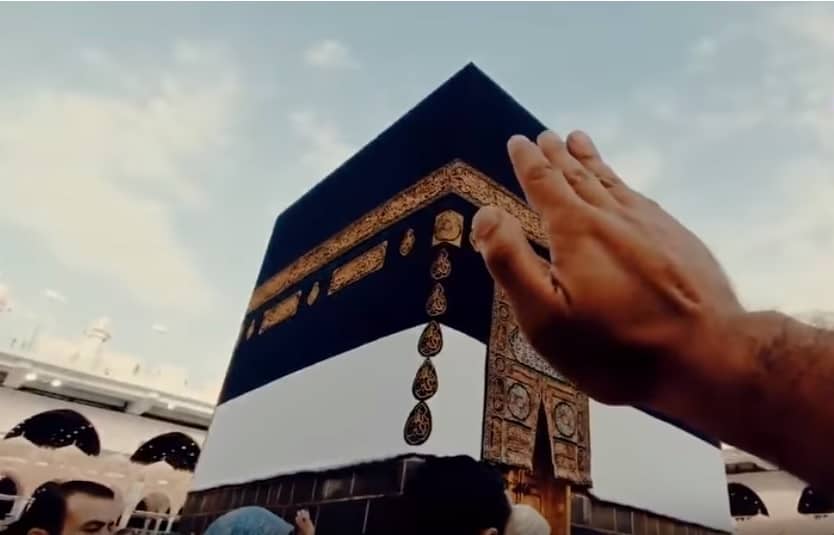
On visiting the mosque, every Muslim yearns to kiss or touch the Al Hajr Aswad, but due to the heavy jostling and clamouring most are unable to. They content themselves by simply pointing towards it as they encircle the Kaaba.
Ignorant of its colourful and eventful history, most understand that the Black Stone really does not have any special powers nor, in fact, do Muslims even try to worship it.
They see it simply as it is …..a rock with a special place in Islamic history and tradition and because of its close association to the beloved Prophet Mohammed (SAW).
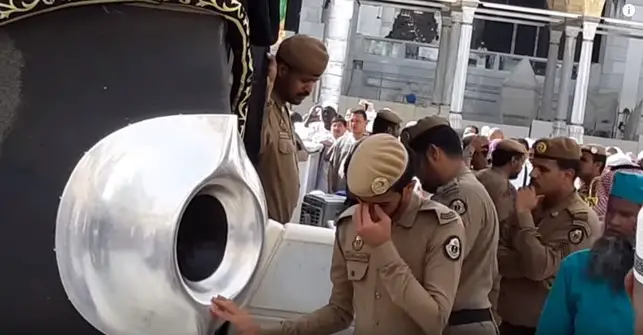
According to Hadith scriptures, Omar, an illustrious companion of Prophet Mohammed (SAW), the Messenger of Allah exclaimed to the Black Stone:
‘I know that you are a stone and can neither benefit nor harm. Had I not seen the Prophet (pbuh) touching (and kissing) you, I would never have touched (and kissed) you.’
`Umar ibn Al-Khattāb, Caliph 583 CE- 644 CE
During the time of Prophet Muhammad (SAW), people stood on top of the ‘Kaaba‘ to call for prayer. If back then, Muslims had regarded the ‘Kaaba’ or the Black Stone as a holy object of worship, they would not have stood and walked over the very same idol which they supposedly adored.
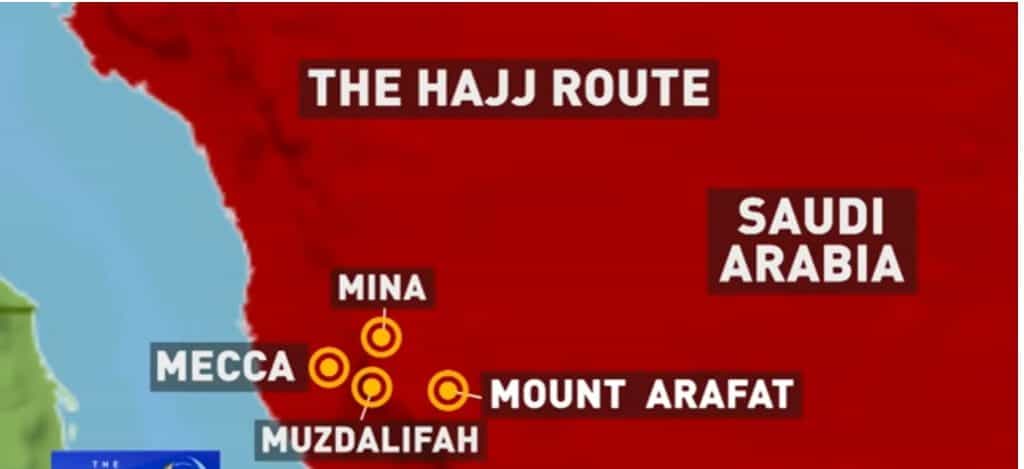
6. Hajj and Umrah Pilgrimages
The sixth important reason why Muslims love Mecca is the chance it affords them to make the Hajj or Umrah pilgrimages.
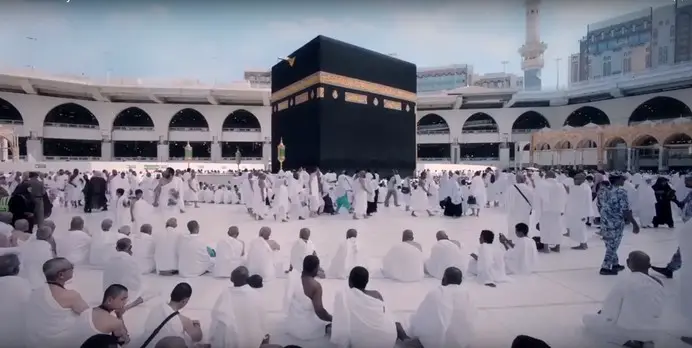
During the last Islamic month of Dhuhul Al Hija, more than two million pilgrims start the five-day Hajj event converging at the Kaaba dressed in Ihram, the two simple white towels for men and loose, light clothing for women.
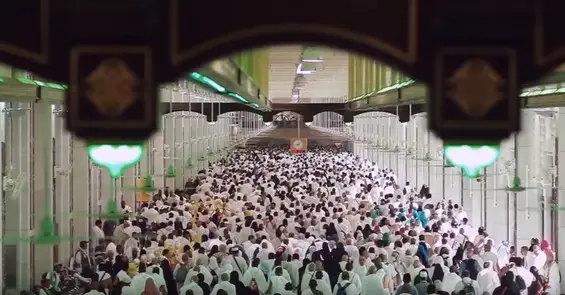
They encircle the Kaaba seven times, drink Zam Zam water, move seven times between Mounts Safa and Marwa before leaving the mosque and trekking out onto the plains of Mina and Muzdalafa a few kilometres away.
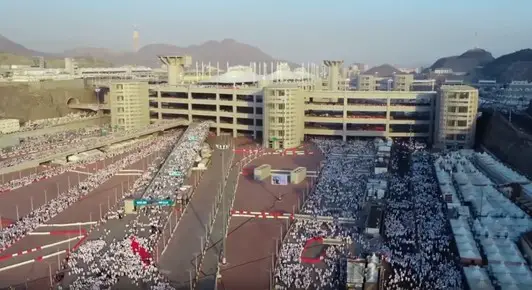
The Hajj experience ends with a visit to Mount Arafat and at Rami Al Jamaraat with the ritual stoning of the devil.
For everyone, especially the women and the elderly, it is a physically and emotionally demanding event, but which every Muslim embraces wholeheartedly because of the great religious and social benefits it brings.
Spiritually, it is a chance for self-renewal. All sins are erased and pilgrims are left as pure as a newborn baby. MFS
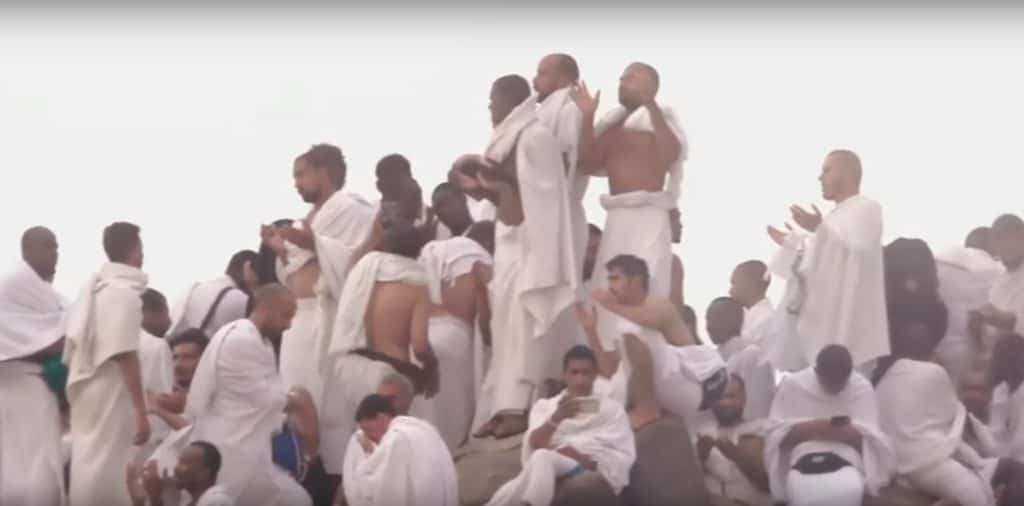
Doing the Hajj satisfies one of the five main (obligatory) pillars of Islam. It is seen as a kind of Jihad (especially for women) but one in which there is no fighting. It is Jihad with the self (Al Nafs).
Also, the Hajj rituals focus on the love and remembrance of Allah (SWT). It teaches Muslims patience, tolerance for other nationalities and unites them in Islam.
Muslims know that there are untold benefits to making Hajj and for this reason too, they love the city of Mecca.
On the other hand, Umrah is known as the lesser pilgrimage that can be done in just a few hours. It starts when the pilgrim does a ritual ablution (wudu), dresses in Ihram and makes the vocal intention to perform it.
Like in Hajj, after making intention and dressing, each pilgrim starts to audibly chant:
‘La baik Allah humma la Baik. La baik Allah shareeka alla al baik’’.
This means: Oh, Allah we come to you. We come to you and you alone we worship.’
Then, in a state of reverence, pilgrims enter the Haram Mosque, make tawaf around the Kaaba 7 times, drink Zam Zam, move 7 times between Mounts Safa Mounts and Marawa and finally they trim their hair.
These are the rites of Umrah that the majority of Muslims visiting Mecca will undertake and a reason why they yearn to be there.

7. Drink Zam Zam Water
The seventh reason why Muslims adore Mecca is that it gives them the chance to drink the blessed Zam Zam water.
Zam Zam is pristine, miraculously clean well water that is extracted from the Zam Zam well. The well lies 21m away from the East side of the Kaaba some 31 metres under the ground. Zam Zam water is freely available to drink throughout the Haram Mosque area.

Muslims believe that Zam Zam was divinely created when long before the Kabba was constructed, the magnificent Angel Jibreel (Gabriel) swiped the earth of the barren desert valley leading to Mecca with his huge wing causing pure Zam Zam water to appear.
They also believe that it has extraordinary health benefits and that it is superior to tap water because it is enriched with health-giving minerals that satisfy hunger.
Prophet Mohammed (SAW) said of Zam Zam,
‘The water of Zam Zam is for whatever it is drunk for.’
Ibn Maajah, 3062
Zam Zam water not only satiates the thirst, but it also brings about health, relieves sickness and eliminates diseases. If you drink it to fulfil a hope or desire then, this wish will be fulfilled.
Zam Zam water will work for whatever you intend it to do by the will and power of Allah (SWT). MFS
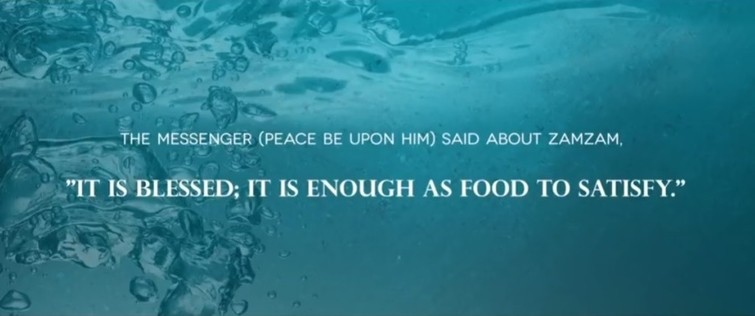
There are a number of testimonies of individuals who have lived on Zam Zam water for 40 days in a row and remained healthy and well.
Also, there are numerous stories and testimonies by individuals claiming that by drinking or using Zam Zam water they were able to cure serious diseases, restore health and fix psychological issues.
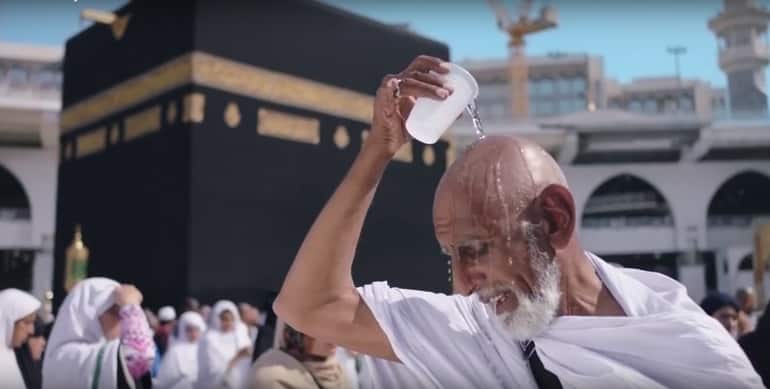
The Saudi government does not allow Zam Zam water to be officially exported. However, each year millions of pilgrims visitors carry personal quantities of 5 or 10 litres of Zam Zam water back to their home countries.
They can take 5 litres free of charge on some airlines but must pay for additional amounts or else include it as part of their check-in luggage.

Back home, the newly arrived Zam Zam water is greeted with great excitement by house guests and friends. Before sipping it, they pray over the water and treat it with reverence and great respect.
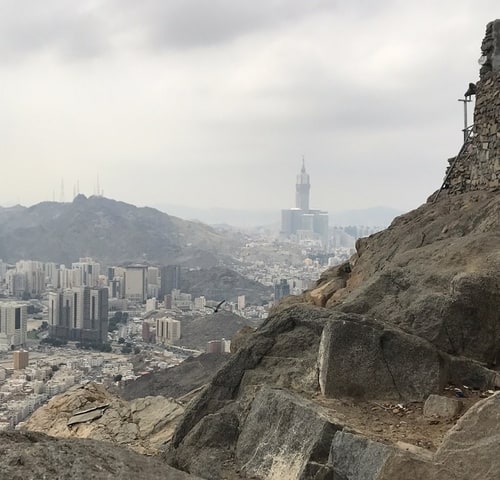
8. The Quran Was Revealed In Mecca
The eighth reason why Muslims adore Mecca is that the Holy Quran was revealed there. This amazing book believed to be authored by Allah, God (SWT), and that was communicated in stages to Prophet Mohammed (SAW) has 115 divine chapters.
86 of these were revealed to Prophet Mohammed (SAW) when he was in Mecca. 28 were revealed to him in the city of Yathrib, now called Madinah Al Munawara (The City of Light).
Initially, the revelations stunned and terrified Prophet Mohammed (SAW). The first took place in a cave called Hira, on Mountain Jabal Al Nour, facing Mina, near Mecca and in which Prophet Mohammed (SAW) would often spend his days in retreat.
This was in 610 CE, on the night of the 17th of Ramadan. Mohammed was then 40 years of age.
Prophet Mohammed (SAW) would stay for months in his cave in the worship of Allah. He sat on a rocky platform spending hours thinking about Allah (SWT) and admiring the creation.
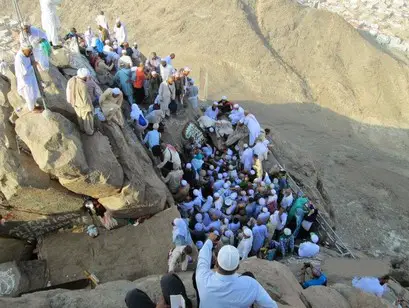
The facts are that while in the cave (big enough to hold three people) and in contemplation, the mighty Angel Jibreel (Gabriel) and commanded him to recite the very first lines of the Holy Quran.
‘Read …..in the name of your Lord who created
Read ….and your Lord is the most Generous.
Who taught by the pen
Taught man that which he knew not.‘
Chapter Iqra Verses 1-4
Prophet Mohammed (SAW) was terrified and since he was also illiterate replied to the angel, ‘’I cannot read.’ Angel Jibreel grabbed him strongly and commanded him to read again.
He did.
After the encounter, Prophet Mohammed (SAW) ran home to his wife Khadijah terrified and alarmed not knowing what to make of the experience.
He was so freaked out that he asked his wife Khadijah to cover him. She later took him to her cousin, Waraqah ibn Nawfal who was well-read and wise. He convinced the Prophet Mohammed (SAW) that the revelations were quite real and that he (Prophet Mohammed SAW) was indeed a Prophet of Allah (God).
In the accounts of Prophet Mohammed’s life, the authors Tabari and Ibn Ishaq detail how following the first revelation, Prophet Mohammed (SAW) told Zubayr.
‘When I was halfway up the mountain, I heard a voice from above saying “O Mohammed! you are the Prophet of Allah and I am Jibreel.”
I lifted my head towards the voice to find out who was speaking. Then Jibreel in the shape of a normal man with feet spanning the horizon said,
“O, Mohammed! you are the Prophet of Allah and I am Jibreel.” I stood staring at him not making a move, then I looked away from him. But, where ever I laid my eyes in the sky in whatever area of the sky I fixed my vision, I saw him as had seen him before.’
Prophet Mohammed (SAW) received his next revelation three years later in 613 CE. He continued receiving divine revelations for a further 23 years until all 114 chapters were finally completed.
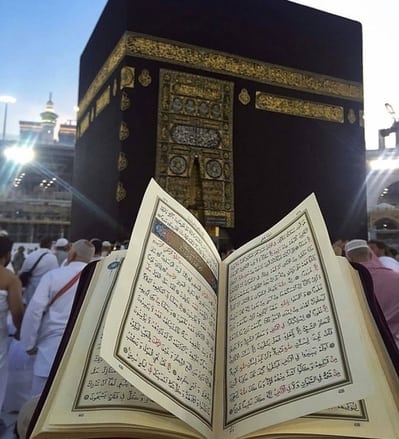
8. The City Of Mecca Is Specifically Mentioned In The Holy Quran
The eighth reason why Muslims absolutely adore Mecca is that the city is mentioned so many times in the Holy Quran.
Many people claim that the name of Mecca only appears twice in the Holy Book, but that is not true.
The reality is that Mecca is mentioned 8 times as a direct reference and referred to indirectly more than 10 times.
Below is a list of chapters in which Allah (SWT) directly mentions the wonderful city and some verses in English.
| Name Mentioned | Chapter | Chapter Name | Verse (s) | |
| 1 | Bakkah | 3 | Al Imran | 96 |
| 2 | Umm Al Qura(Mother of Cities) | 42 | Ash Shuraa | 7 |
| 3 | Mecca/Makkah | 48 | Al Fath | 24 |
| 4 | Umm Al Qura (Mother of Villages | 6 | An Naam | 92 |
| 5 | This City | 90 | Al Balad | 1 & 2 |
| 6 | This City | 14 | Ibrahim | 35 |
| 7 | This City | 2 | Al Baqarah | 126 |
| 8 | This Secure City | 95 | Al Teen | 3 |
1. Indeed, the first House [of worship] established for mankind was that at Makkah – blessed and a guidance for the worlds. (3:96) Click the link to read and hear the verse in Arabic.
to read and hear the verse in Arabic.
2. And thus We have revealed to you an Arabic Qur’an that you may warn the Mother of Cities [Makkah] and those around it and warn of the Day of Assembly, about which there is no doubt. A party will be in Paradise and a party in the Blaze. (42:7) Click the link to read and hear the verse in Arabic.
to read and hear the verse in Arabic.
3. And it is He who withheld their hands from you and your hands from them within [the area of] Makkah after He caused you to overcome them. And ever is Allah of what you do, Seeing. (48:24) Click the link to read and hear the verse in Arabic.
to read and hear the verse in Arabic.
4. And this is a Book which We have sent down, blessed and confirming what was before it, that you may warn the Mother of Cities and those around it. Those who believe in the Hereafter believe in it, and they are maintaining their prayers. (6:92) Click the link to read and hear the verse in Arabic.
to read and hear the verse in Arabic.
5. I swear by this city, Makkah -And you, [O Muhammad], are free of restriction in this city (90:1-2) Click the link t o read and hear the verse in Arabic.
o read and hear the verse in Arabic.
6. And [mention, O Muhammad], when Abraham said, “My Lord, make this city [Makkah] secure and keep me and my sons away from worshipping idols. (14:35) Click the link to read and hear the verse in Arabic.
to read and hear the verse in Arabic.
7. And [mention] when Abraham said, “My Lord, make this a secure city and provide its people with fruits – whoever of them believes in Allah and the Last Day.” [ Allah ] said. “And whoever disbelieves – I will grant him enjoyment for a little; then I will force him to the punishment of the Fire, and wretched is the destination. (2:126) Click the link  to read and hear the verse in Arabic.
to read and hear the verse in Arabic.
8. And [by] this secure city [Makkah] (95:3) Click the link  to read and hear the verse in Arabic.
to read and hear the verse in Arabic.
Why is the city of Mecca mentioned in the Quran?
In the verses, many references are made to Mecca.
First, Allah (SWT). blessed the city. MFS
Second, Allah (SWT) also refers to Prophet Ibrahim (Abraham) invoking Allah to keep Mecca safe and free of idolatry.
Third, in the Quranic verses, Allah (SWT) addresses the people of Mecca invoking them to believe in his book, the hereafter, and warning them of the veracity of the hellfire.
Fourth, Allah (SWT) swears an oath to the city of Mecca and affirms that it is a safe, secure, and blessed city.
9. Mecca is a Sanctuary for All Muslims
The ninth reason why Muslims cherish Mecca is that it is considered to be a place of sanctuary for them.
This means that millions of Muslims consider it a safe, welcoming city where life, human rights but above all the freedom of religious expression are divinely protected.
Allah made the Haram Mosque a place for Muslims to gather in numbers for the worship of Allah (SWT) and in complete safety
And [mention] when We made the House a place of return for the people and [a place of] security. And take,
Chapter Al Baqarah, Verse 125
In the Arabic language ‘Haram’ means something banned or forbidden. It is shown in the fact that in the Masjid Al Haram in Mecca all forms of violence, killing, bad behaviour, lewdness, uprooting trees and the like are forbidden.
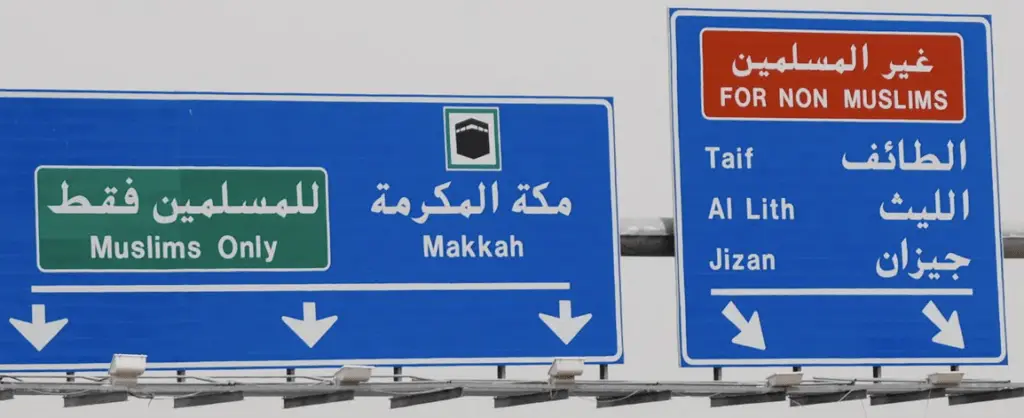
Also, all non-Muslims are banned from entering the city. This includes the outer boundary of the city as well as the open areas used for Hajj, the Arafat plains, the Haram Mosque itself, Mounts Safa and Marwa.
In Mecca, every single person you meet is Muslim. That is not true of the rest of Saudi Arabia where other people of other religions are plentiful.
The reason is given by Allah (SWT) in the Quran:
Click here t o read and hear it
o read and hear it
O you who have believed, indeed the polytheists are unclean, so let them not approach al-Masjid al-Haram after this, their [final] year. And if you fear privation, Allah will enrich you from His bounty if He wills. Indeed, Allah is Knowing and Wise. (9:28)
Chapter Al Tawbah Verse 28.
The fact that non-Muslims (polytheists) are considered ‘unclean’ and therefore unfit to stand at the holy sites in Mecca further highlights it as a place of peace for Muslims, of refuge and the preserve of safety and sanctuary.
In any case, on any day Mecca is usually always very crowded. Open access to the city by non-Muslims visiting for tourist purposes or out of curiosity would further exacerbate the overcrowding and add negatively to the congestion and perhaps create newer conflicts of a different nature.
Click here for a YouTube video of the Adhan or call to prayer I recorded there.
for a YouTube video of the Adhan or call to prayer I recorded there.
10. To Get Closer to Allah (God)
The tenth and most important reason why Muslims adore Mecca since the Masjid Al-Haram mosque is considered to be Al Beit Allah (The House of Allah).
This is not because Muslims believe that Allah (SWT) somehow lives in the mosque, in some human or animate form. Rather it is that Allah (SWT) created everything, all the worlds the heavens, and ultimately is the owner of everything including the mosque itself.
It is also true that the Haram Mosque with the Kaaba was, according to the Holy Quran, the first place established on earth for the worship of the one true God, Allah (SWT):
Indeed, the first House [of worship] established for mankind was that at Makkah – blessed and a guidance for the worlds. (3:96)
Chapter Al Imran Verse 96.
Muslims perform all the Islamic rituals of washing (wudu) obligatory prayers, (salah) reading the Holy Quran, Hajj and Umrah pilgrimages, avoiding Haram (forbidden) things, doing ethical acts, following Islamic laws, emulating the ways and behaviour of Prophet Mohammed (SWT) and remembrance (dhikr) of Allah (SWT) all in order to get closer to Allah, God (SWT) and to win his favour in this life and the next.
Conclusion
In their hearts, Muslims wholeheartedly believe there is no better place to be than in the Beit Allah, the House of Allah in Mecca.

Back in their home countries and towns, the hearts of Muslims groan and ache with the desire to be in Mecca, to visit Beit Allah and to perform these powerful acts of worship.
For the majority, it is a once in a lifetime achievement. I can see it in the faces of the pilgrims whenever I am at the Haram Mosque.
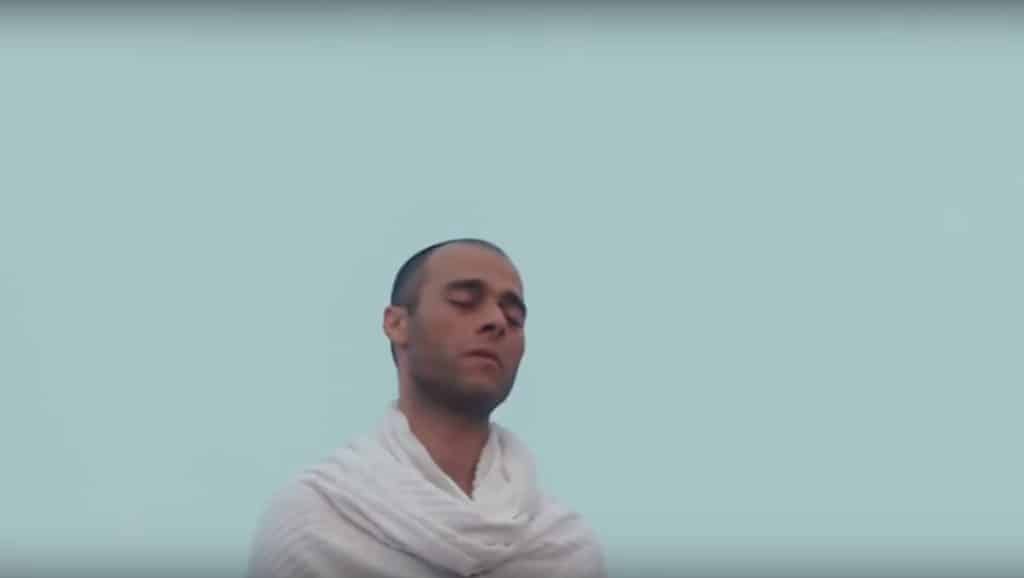
I witness the love, the devotion, the tears, the passion and fervent belief in Allah (SWT) that they display.
I watch them as they circumambulate the Kaaba and see their amazement, wonder, and intense devotion in the belief that such religious acts will win favor with Allah (SWT) and bring good to them in this life as well as ultimate happiness in the life hereafter.
